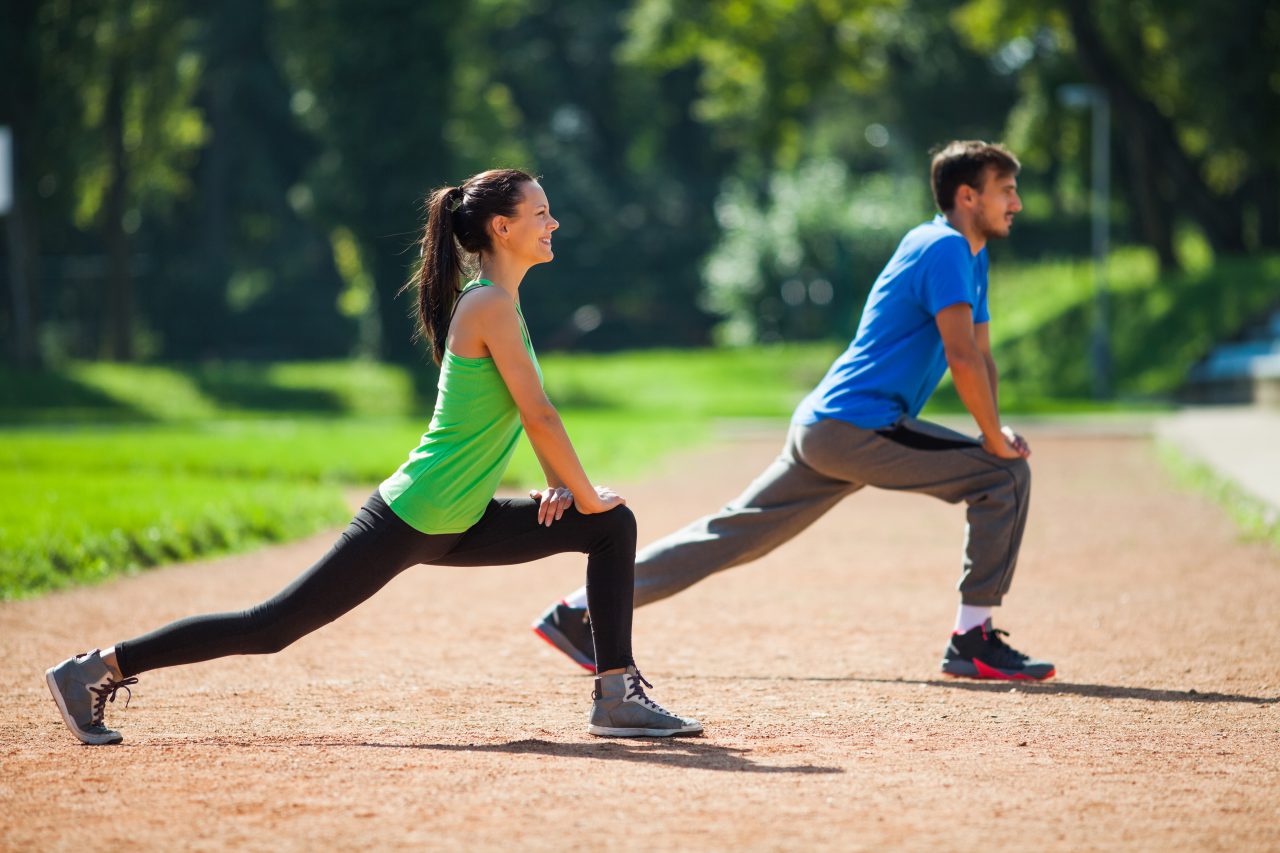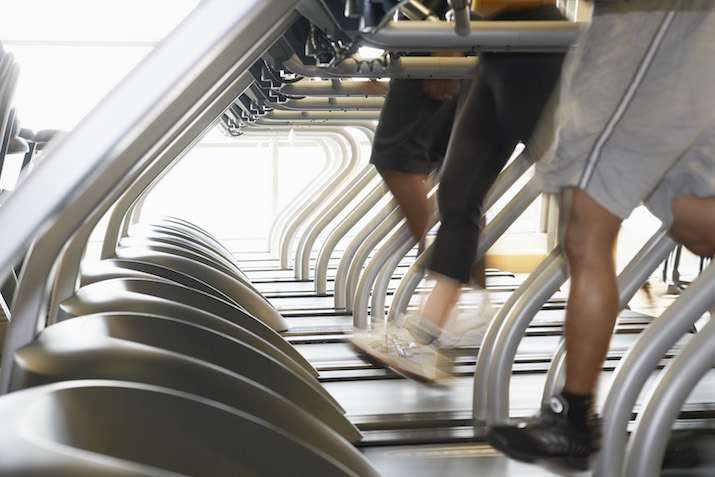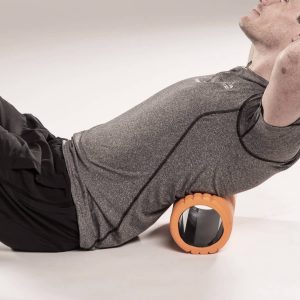
“That leg workout was great! ” It was a tough one but you’re feeling confident and surprisingly, although your leg muscles a little fatigued, they’re not sore. You go home, do some chores, have some dinner, watch a movie and go to bed feeling very proud of how well your body took that workout.
You wake up the next morning, roll out of bed and that’s when it hits you. Your muscles are so stiff you can barely straighten your legs and with each step, your legs feel like they weigh 200Kg each.
You’ve been hit by Delayed Onset Muscle Soreness or DOMS for short.DOMS takes place anywhere between 24 to 96 hours after you workout and can sometimes take days to recover from. This can be a very discouraging sensation and can completely throw you off your workout routine. DOMS is thought to be caused by microscopic tears in the muscles.
These tears cause your muscles to contract when your body starts to repair itself. Its also thought that these microscopic tears release calcium from the cells in your muscles which slows the transportation of oxygen, protein, and cellular energy into the muscle cells, causing inflammation and slower recovery. Thankfully there are ways to prevent DOMS and lessen its impact if you’re already experiencing it.
Eat
Prevent DOMS before you even get to the gym by giving your muscles the fuel they need to recover. Ideally, you should eat a meal at least one hour before your workout, that is rich in proteins and carbs and low in fat. Make sure you don’t eat too much however as this can leave you feeling tired and can leave your stomach feeling heavy.
Warm-Up
By doing a cardio warm-up before you start your weight training, you are increasing the elasticity of your muscles. This means that your muscles will be able to stretch further without causing the microscopic tears that cause DOMS.

Stay Hydrated
Water is a necessary ingredient for many bodily functions and it’s no different when it comes to preventing DOMS. Dehydrated muscles are stiff muscles and stiff muscles tear. If you’re sweating a lot then it would also be wise to replace the lost electrolytes with a sports drink.
Cool Down
Your blood is a transformation system that moves the necessary nutrients, oxygen, and energy to your muscles and moves cellular waste (such as calcium) away from your muscles. However, when you do weight training blood has a tendency to pool in the muscles that you just trained. This is why your muscles always look the biggest just after a workout, but if the blood isn’t moving away from your muscles then it’s not removing cellular waste and it’s not allowing new blood to move in and deliver the items your muscles need to recover. To prevent pooling, its a good idea to do cardio cool down, as this gets the blood moving back through your body.
Stretch
Stretching helps prevent DOMS in a couple of different ways. First off it increases your range of motion, which allows you to hit those weight training exercises without using those pesky microscopic tears. Also, stretching after weight training is another great way to increase blood flow throughout the body.

Foam Roller
The foam roller works in much the same way as stretching, in that it increases your range of motion and blood flow. It does this through myofascial release, which is just a fancy weigh of saying that the foam roller massages your muscles and releases muscular tension.
Eat, Again
Immediately after working out, feed your muscles again with something high in carbs and protein. Chocolate milk is actually an amazing post-workout recovery food and if you sweat a lot then a banana is a great way to replenish lost electrolytes.
Workout Again
It may seem counter-intuitive, but if you’re feeling DOMS then it may be a good idea to rework the sore muscles. However, this should be a very light workout, just enough increase the blood flow to the affected muscles without causing any further microscopic tears. Furthermore, even if you are doing a light recovery workout, it’s still a good idea to follow the steps above for this workout as well.
Have you ever experienced DOMS? How did it affect you?



